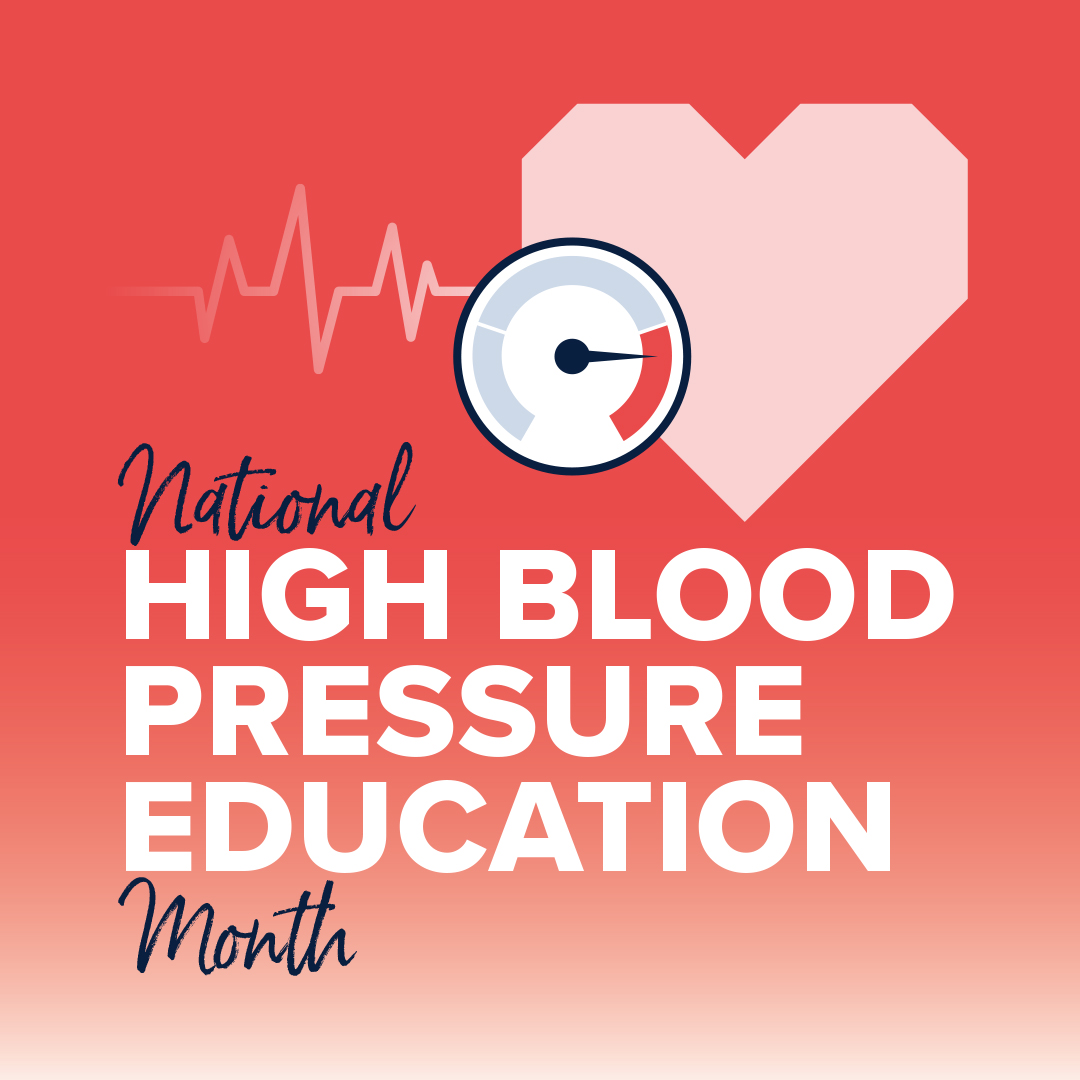High blood pressure, also known as hypertension, is a serious health condition that can lead to heart disease, stroke, and other complications if left unmanaged. With proper education and understanding of the different categories of blood pressure, individuals can take control of their health and prevent these adverse outcomes.
Normal Blood Pressure
A blood pressure reading of less than 120/80 mmHg is considered within the normal range. This means that the force of blood against the walls of your arteries is at a healthy level. It is essential to maintain a normal blood pressure to reduce the risk of developing hypertension and other health problems.
Elevated Blood Pressure
If your blood pressure falls between 120-129 (systolic) and less than 80 (diastolic), it is considered elevated or prehypertension. While this category may not lead to hypertension immediately, it is a warning sign that your blood pressure is higher than what is considered healthy.
Hypertension Stage 1
Hypertension Stage 1 is diagnosed when your blood pressure consistently reads between 130-139 (systolic) or 80-89 (diastolic). At this stage, the force of blood against the walls of your arteries is consistently higher than normal, putting you at a higher risk for heart disease and stroke.
Hypertension Stage 2
A blood pressure reading of 140/90 mmHg or higher is considered hypertension Stage 2. At this stage, the risk for heart disease, stroke, and other complications increases significantly. It is crucial to work closely with your healthcare provider to develop a plan that includes lifestyle changes and medication to lower your blood pressure. Ignoring treatment at this stage can lead to severe and even life-threatening outcomes.
Hypertensive Crisis
A hypertensive crisis requires immediate medical attention. It is characterized by a blood pressure reading of 180/120 mmHg or higher. This category is a medical emergency and can lead to a stroke, heart attack, or other complications. If you experience symptoms such as severe headache, chest pain, difficulty breathing, or vision changes, seek immediate medical attention.
Regular blood pressure checks, a healthy lifestyle, and prompt treatment for hypertension can help prevent adverse outcomes and improve overall well-being. Remember, it is never too late to make positive changes and take control of your blood pressure. Your health is in your hands.
For more on blood pressure and its ranges, check out The American Heart Association.


0 Comments